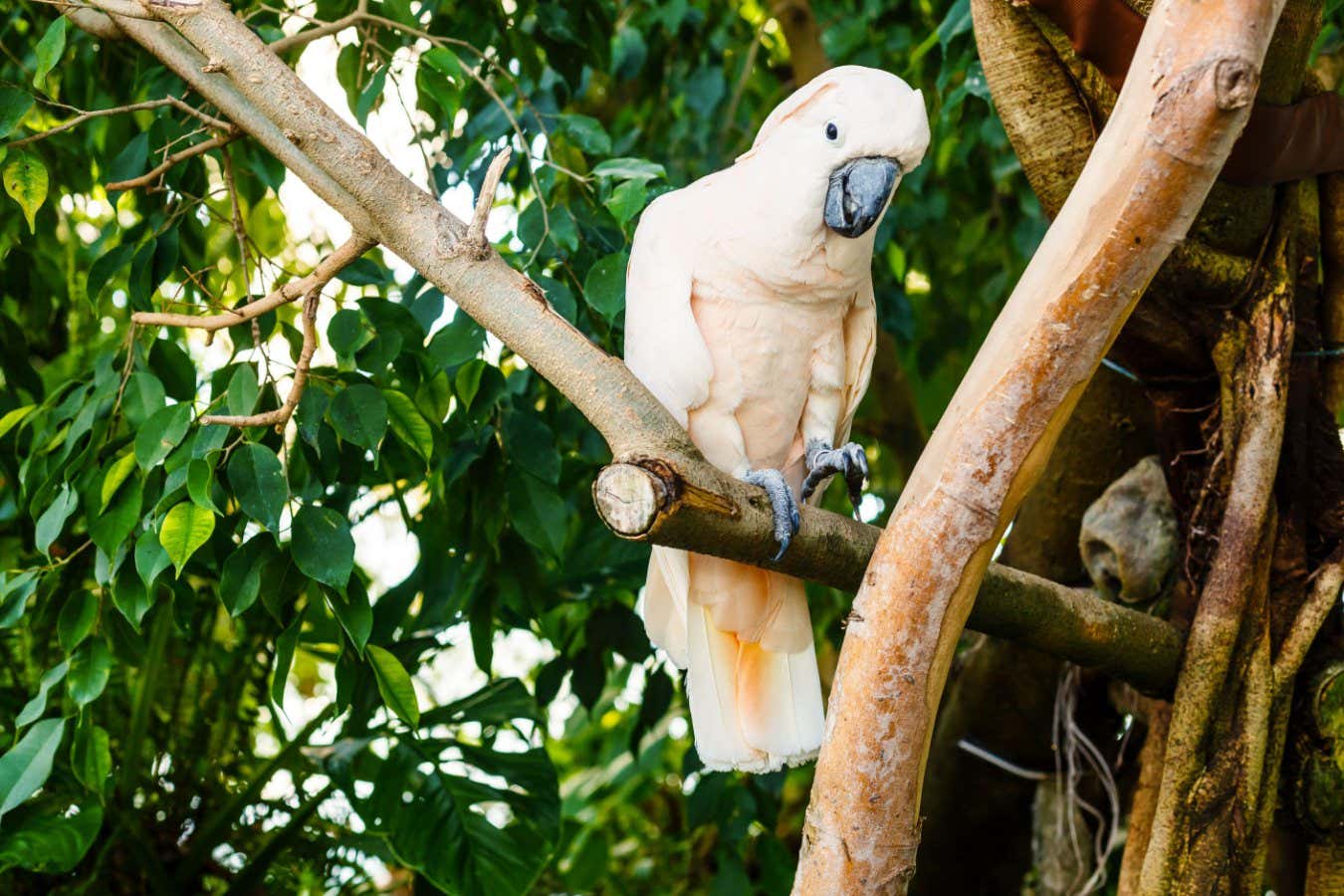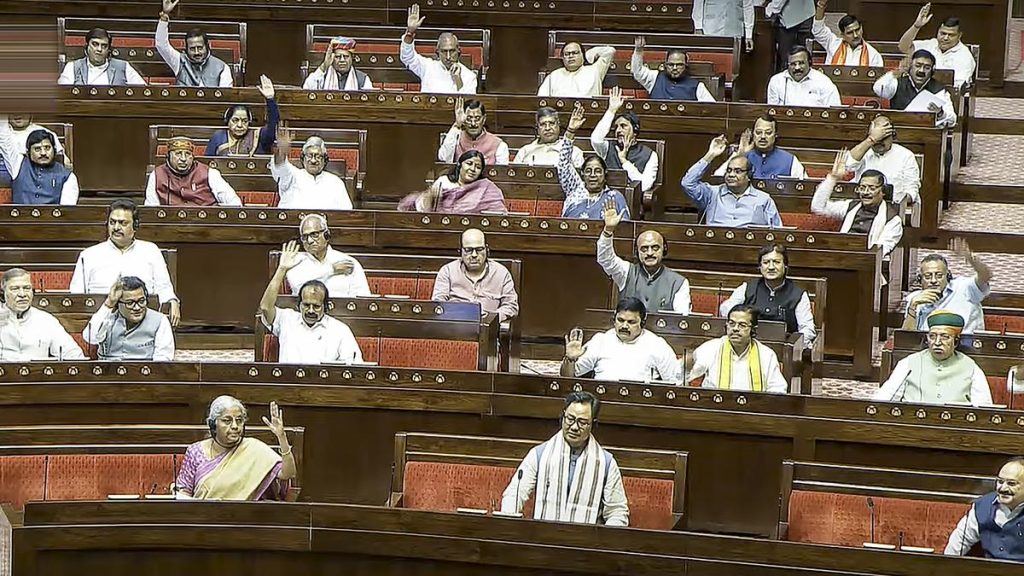Now Reading: Cockatoos Showcase Remarkable Range of Dance Moves
-
01
Cockatoos Showcase Remarkable Range of Dance Moves
Cockatoos Showcase Remarkable Range of Dance Moves

Quick Summary
- Researchers found at least 10 species of cockatoo exhibit a natural proclivity for dancing.
- 30 distinct dance moves were identified through analysis of 45 social media videos, representing five species of cockatoos.
- Experimental studies with six captive birds in Australia showed they danced even to white noise and financial podcasts, indicating dancing may not rely solely on external cues like music or human imitation.
- Dancing behavior might originate from courtship displays seen in wild parrots; however,it is unclear whether the birds derive enjoyment from dancing itself.
- Major mitchell (pink) cockatoos appeared more engaged compared to other species in experimental settings.
Indian Opinion Analysis
The study on cockatoo dancing adds notable insight into animal behavior and raises broader questions about creativity and play in non-human species. For India, known for its diverse avian population and wildlife conservation programs, this research could inspire further study into behavioral enrichment strategies for captive animals to improve welfare outcomes-a pressing need given the country’s numerous zoos and sanctuaries grappling with limited resources. Scientific findings like these also emphasize aligning conservation practices with better understanding animal cognition and innate behaviors.






















